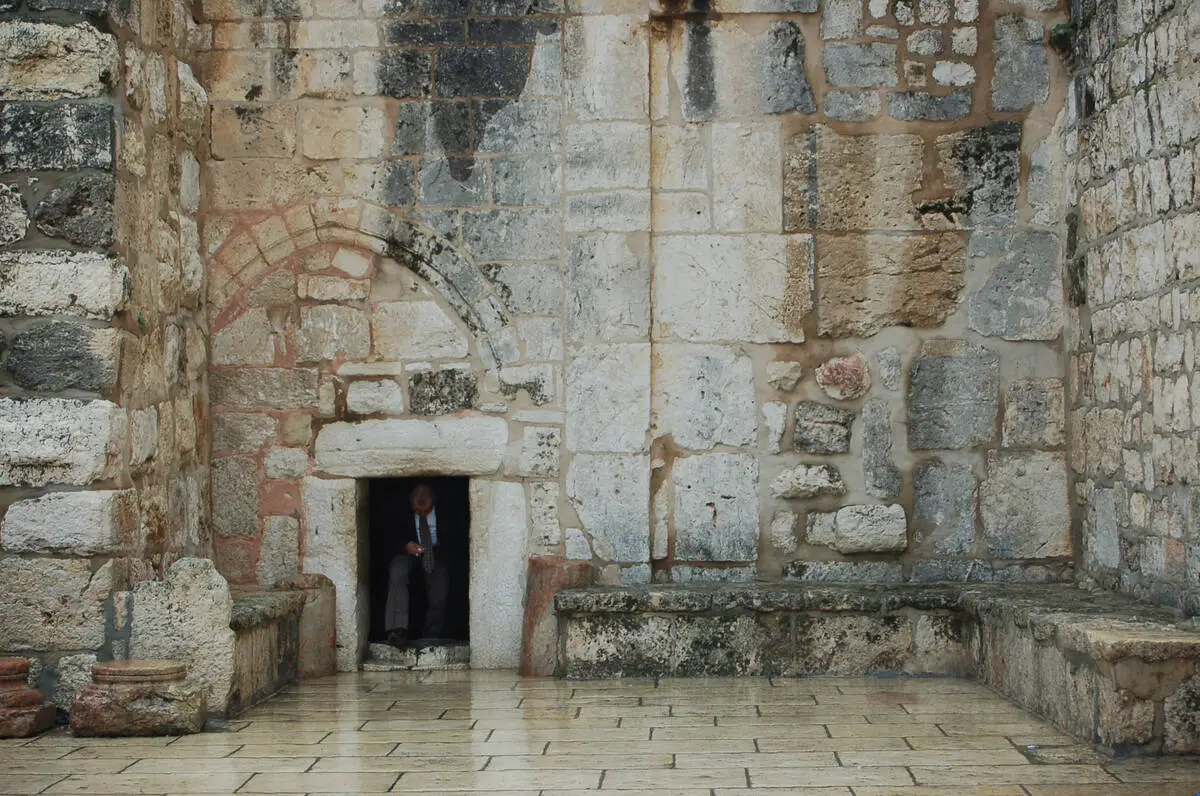Churches 🢔 Religious architecture 🢔 Architectural wonders 🢔 Categories of wonders
Wonder
Qirqbize church
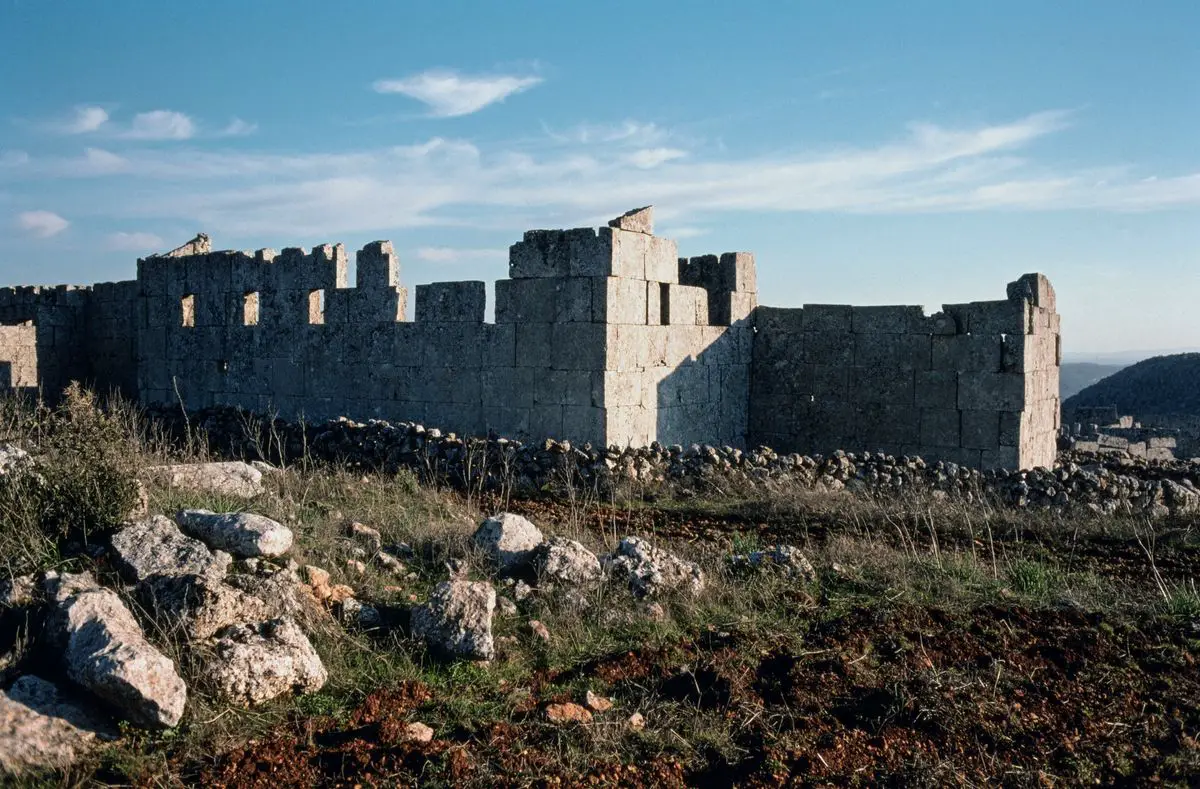
 In short
In short
In one of the Dead Cities of Northern Syria – Qirqbize – are ruins of a comparatively large building. This is Qirqbize church – a very old church building that, possibly, was built in the early 4th century AD.
 31.0%
31.0%
GPS coordinates
Location, address
Name in Arabic
Alternate names
Year of construction
UNESCO World Heritage status
Map of the site
If you see this after your page is loaded completely, leafletJS files are missing.
 In detail
In detail
Dead Cities of Northern Syria
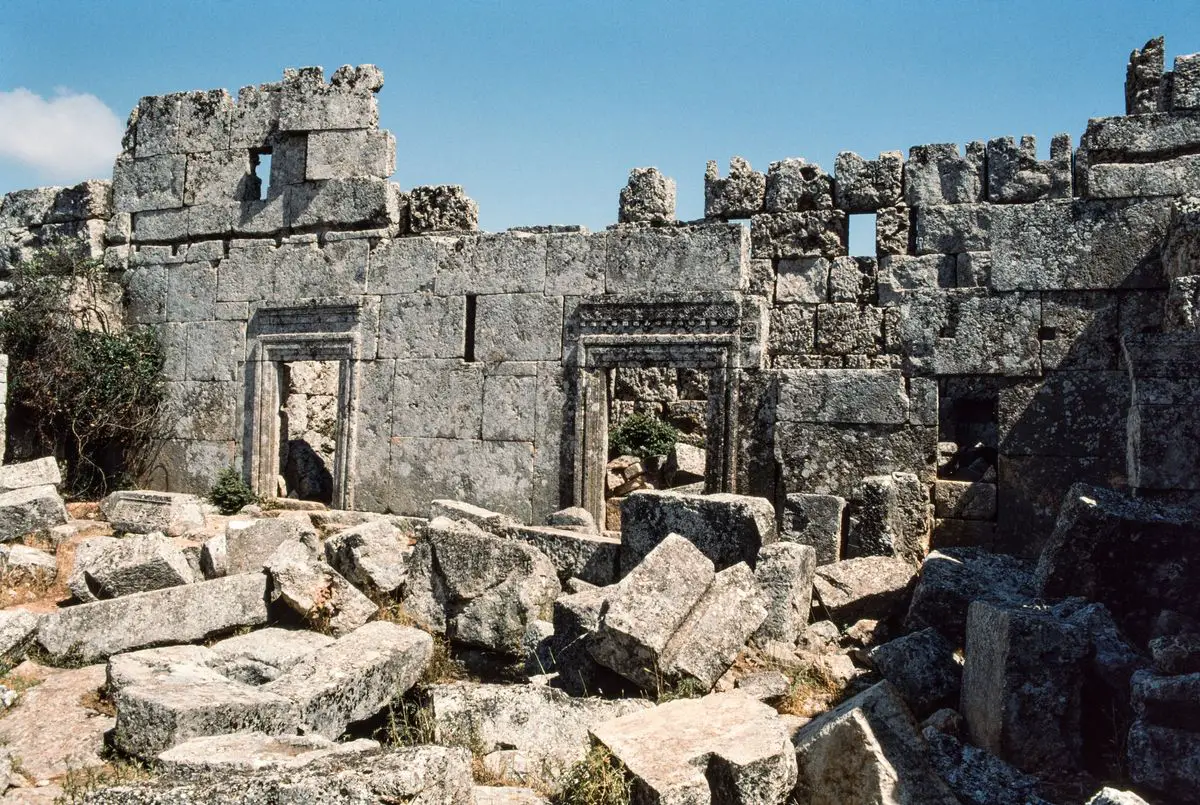
There is a little-known, amazing cultural landscape in the north-western part of Syria: extensive ruins of some 40 (!) larger and numerous smaller settlements. There in the 1st – 10th centuries AD lived thousands of prosperous people, who, most likely, benefited from the international trade through this region.
Around the 6th century AD the power of the Byzantine Empire gradually decreased and trade routes changed. This area was abandoned around the 10th century AD but the ruins of numerous magnificent buildings persist up to this day. Many of these buildings have been preserved very well and provide valuable information about life in the late Antiquity – Byzantine periods.
In these Dead Cities are located several very old church buildings from the 4th century AD and the oldest known church there is the Qirqbize church.
Description of the Qirqbize church
Qirqbize church is located next to a large villa. The research results of this building have been published by two researchers – Georges Tchalenko and Christine Strube – and the conclusions about the building differ among them.
It is possible that this is a building that was specifically built to be a church by the owner of the private villa next to it. Thus, it might be not a true house church. House churches are rebuilt former houses similar to the world’s oldest known existing church building – Dura-Europos house church.
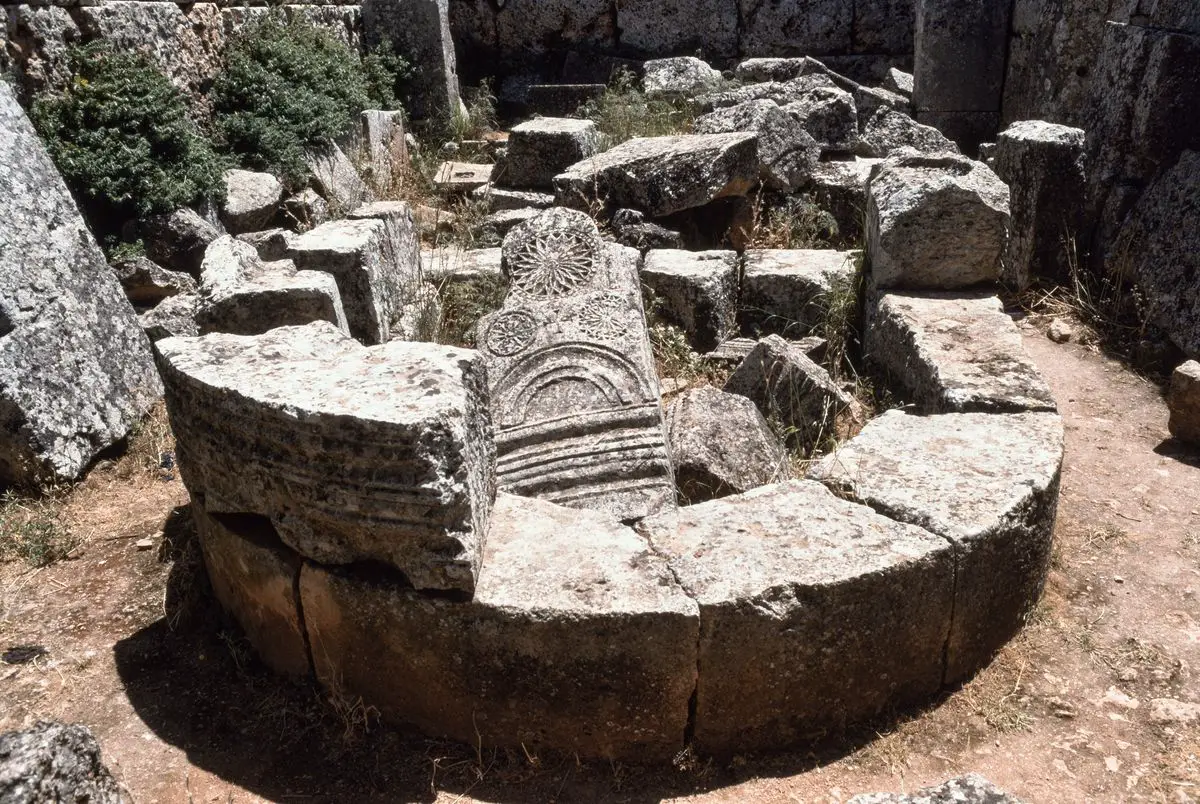
The villa close to this church building was, most likely, built earlier, in the 3rd century. It is a fairly large house that (by its size) would fit in a contemporary town, and, most likely, belonged to an affluent family.
The church was built sometime in the first third of the 4th century AD (according to the analysis of Tchalenko) or in the late 4th – early 5th century (according to Strube). It seems, from the outside this building was similar to other villas in the village, thus, it still was similar to house churches.
This church has simple planning that by some researchers is named aula ecclesiae: it has a simple, larger hall.
The architecture of the Qirqbize church has many similarities to the temples of other religions. It has bema – an elevated platform near the middle of the hall where the preacher was standing. This is characteristic of Greek temples and later Roman temples and also some 50 ancient churches in the Dead Cities of Northern Syria. There is also an ornamented lectern – a stone throne for a book. It, presumably, was used for sacred scriptures that were read to the local Christians during their gatherings. Analysis of the ornamentation shows that it, most likely, was placed there in the 5th century AD.
References
- Georges Tchalenko, Villages antiques de la Syrie du Nord, Paris, 1953-1958, ASIN: B0014P0UBY.
Qirqbize church is included in the following article:
 Linked articles
Linked articles
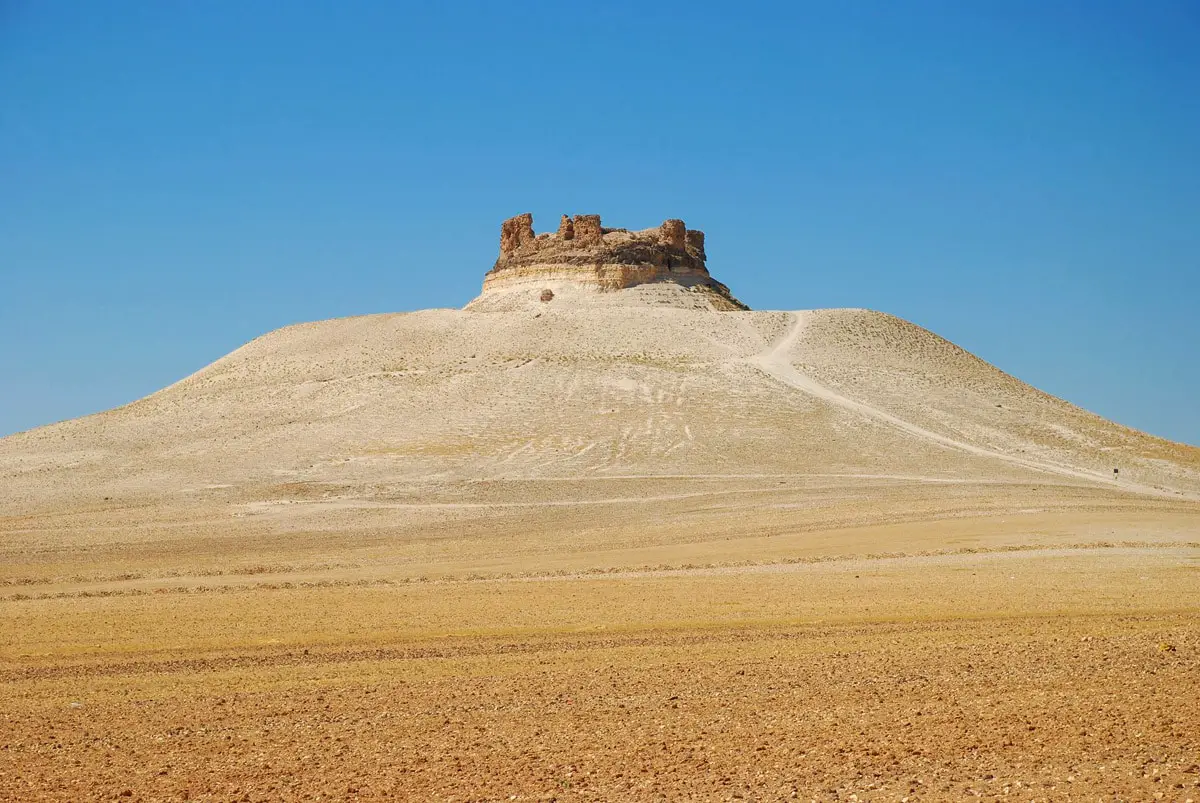
Wonders of Syria
The sands in Syria most likely hide many secrets that one day will tell how civilization started on Earth. Throughout millennia in this country appeared and disappeared many cities, some persist up to this day, some are in ruins but many are covered with sand. Here are found some of the oldest fortifications, palaces, castles, and some of the oldest Christian churches.
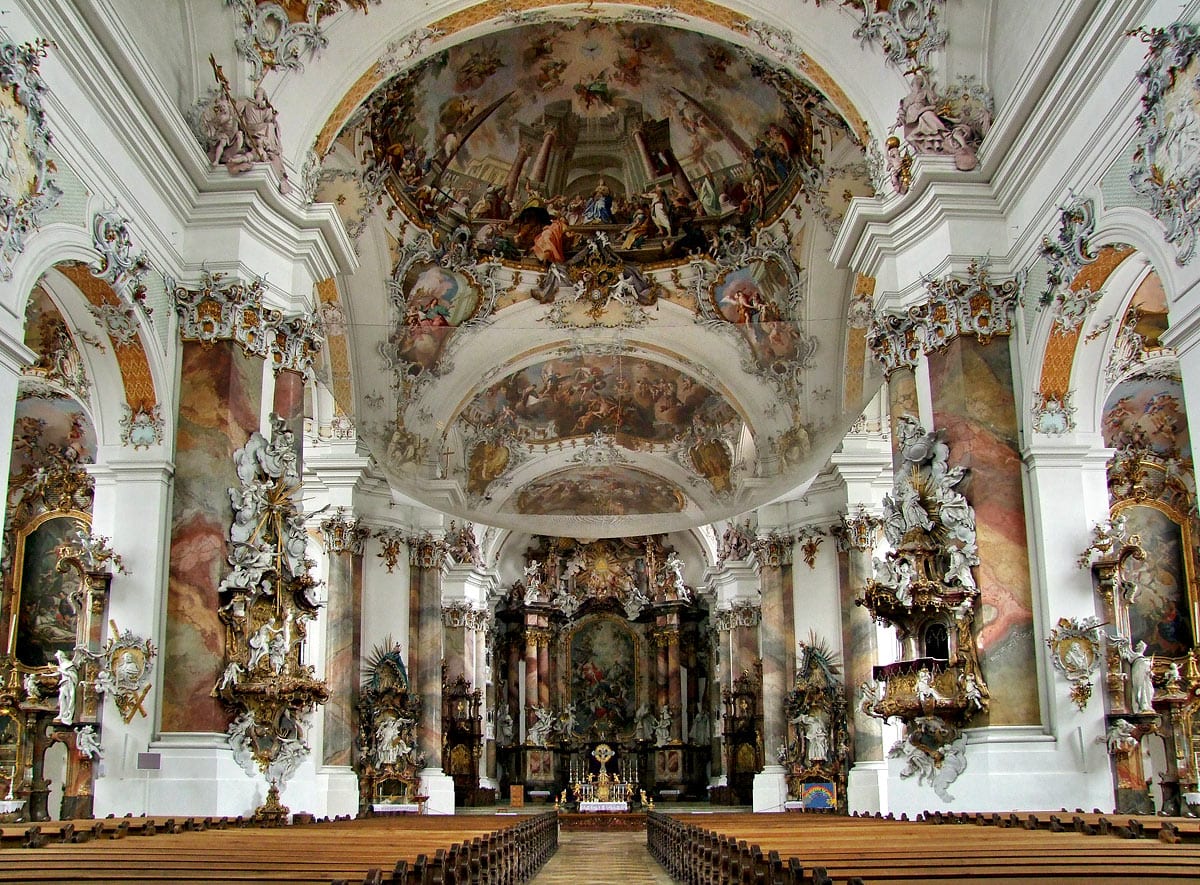
Churches
Throughout the millennia Christian churches have been the epitome of architecture and arts achievements in Western culture.

Wonders of Asia
Any other continent (and part of the world) seems small if compared to Asia. This refers also to natural and man-made heritage: in Asia are not just thousands of great landmarks, there are found landmarks created by thousands of diverse cultures from ancient Phoenicians to the mysterious small people in the Philippines and eastern islands of Indonesia.
 Recommended books
Recommended books
The Early Christian and Byzantine World
Hardcover with color dust jacket, First Edition, 1967, Imported from the U.K.
The Lost History of Christianity
In this groundbreaking book, renowned religion scholar Philip Jenkins offers a lost history, revealing that for centuries Christianity’s center existed to the east of the Roman Empire.

